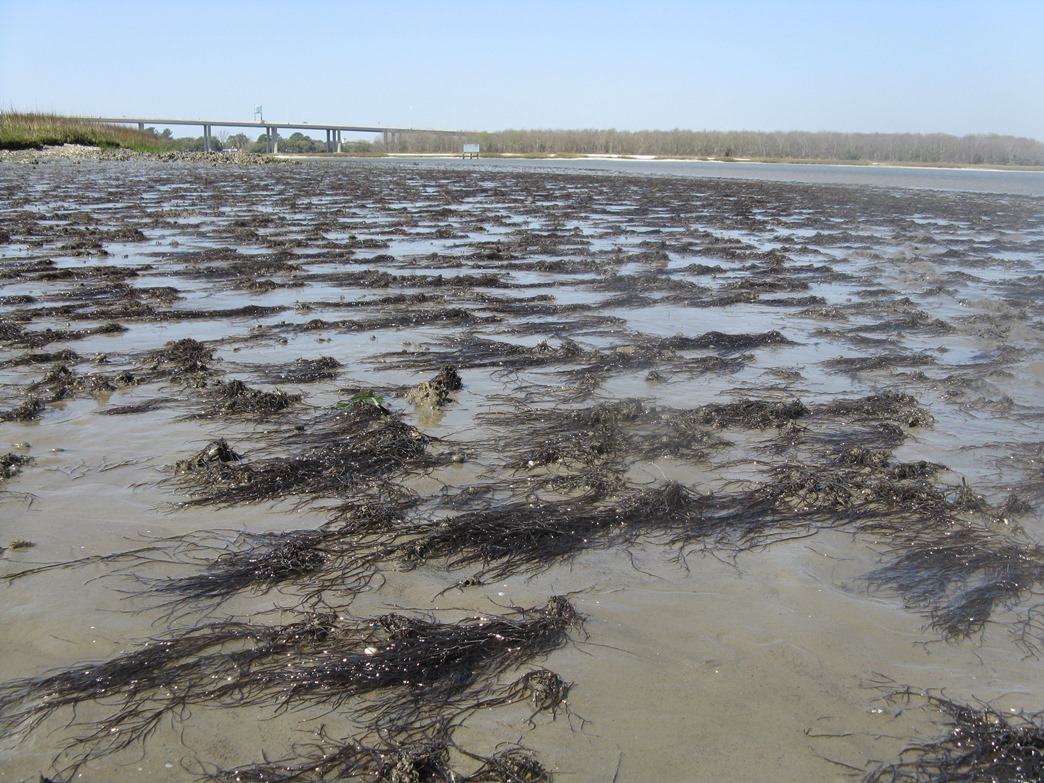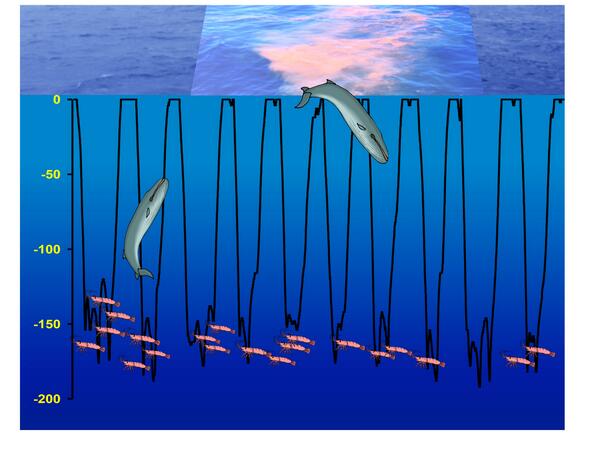National parks aren’t doing the trick in Kenya
Elephants have changed the ecology of Amboseli and other national parks in Kenya. Credit: David Western Research in PLoS ONE today shows that animals in Kenya’s national parks are declining at the same rate as the same species outside the parks. This means, potentially, that the protection of animals in safe spaces may not lead to their recovery or success….


